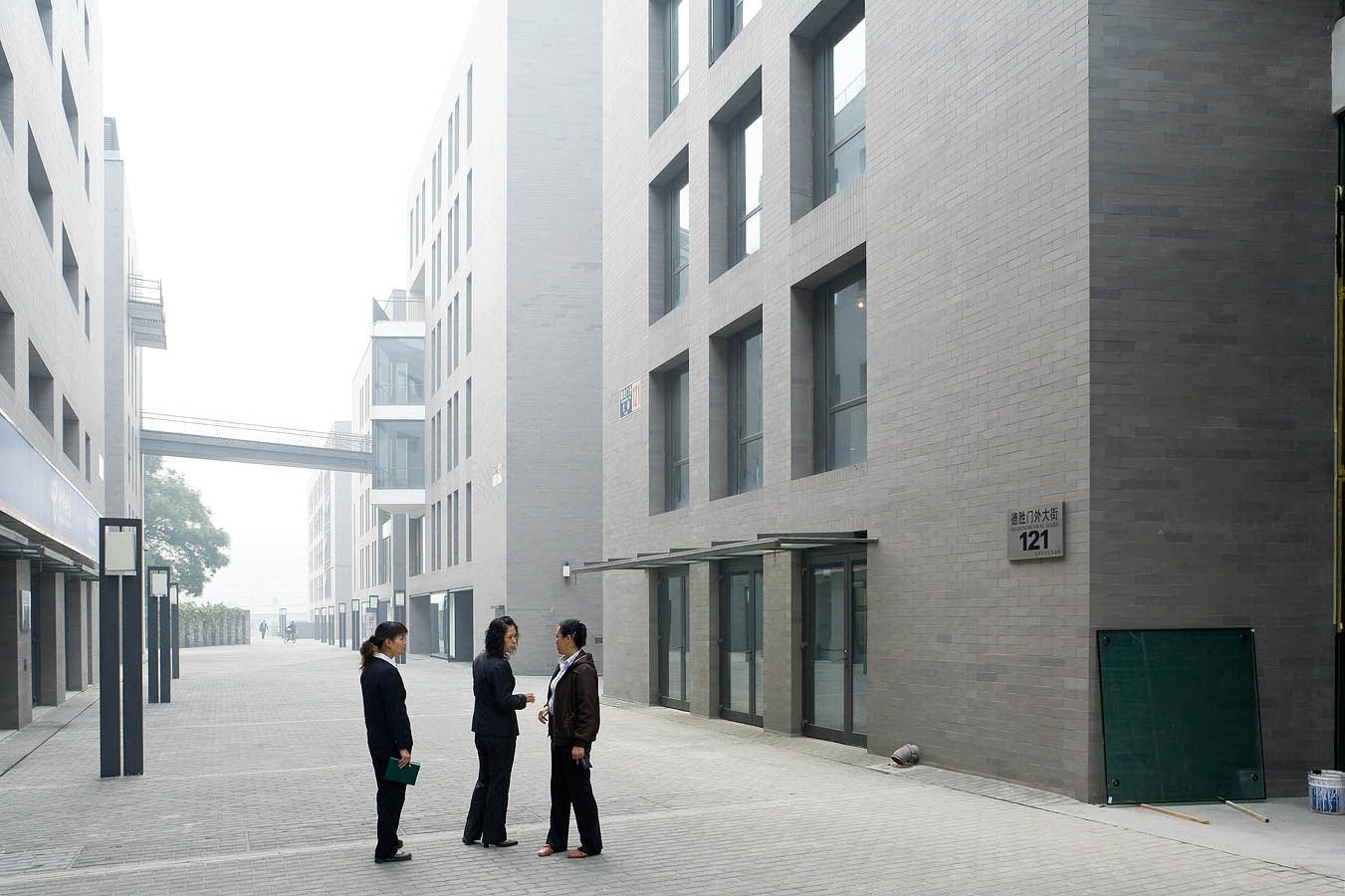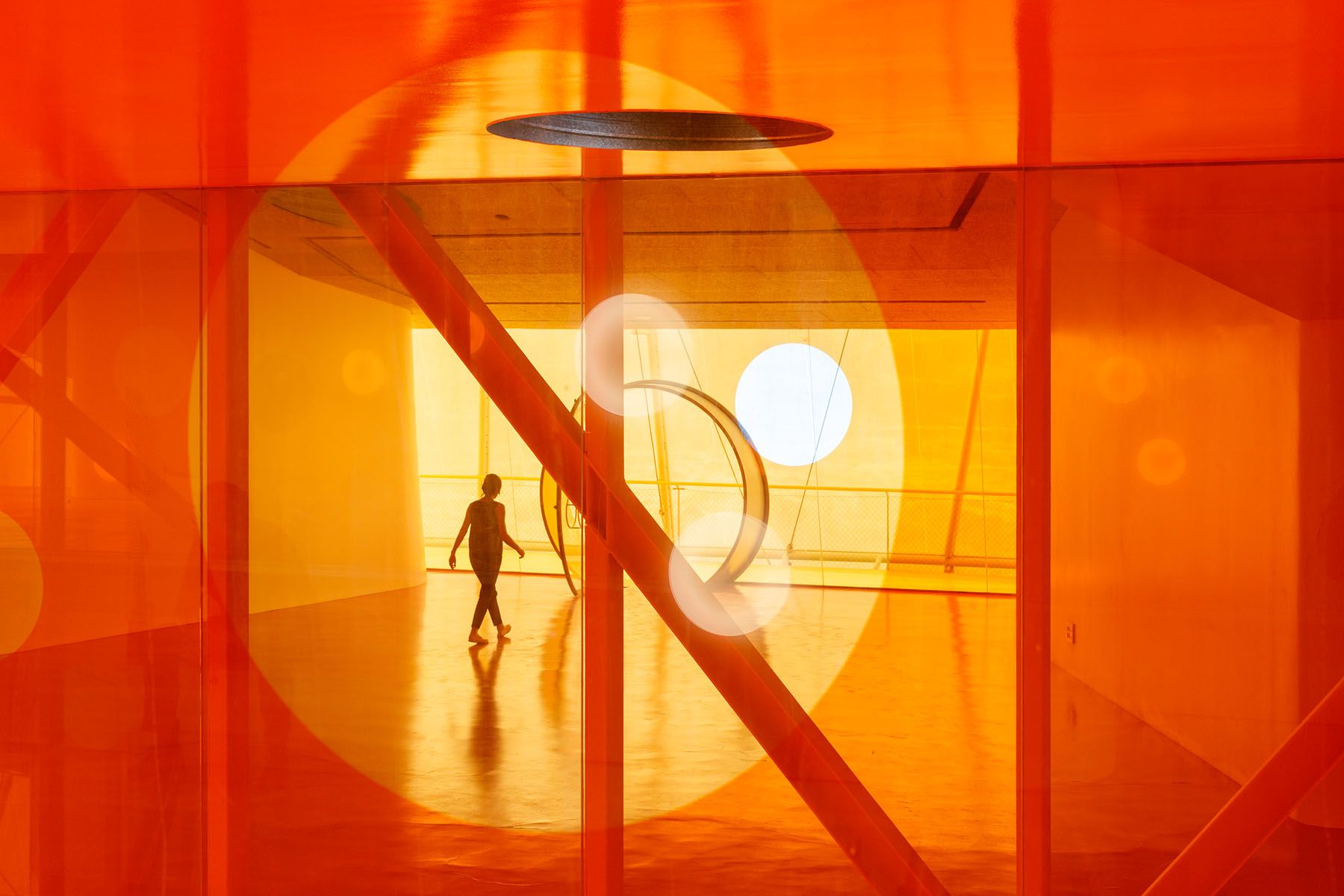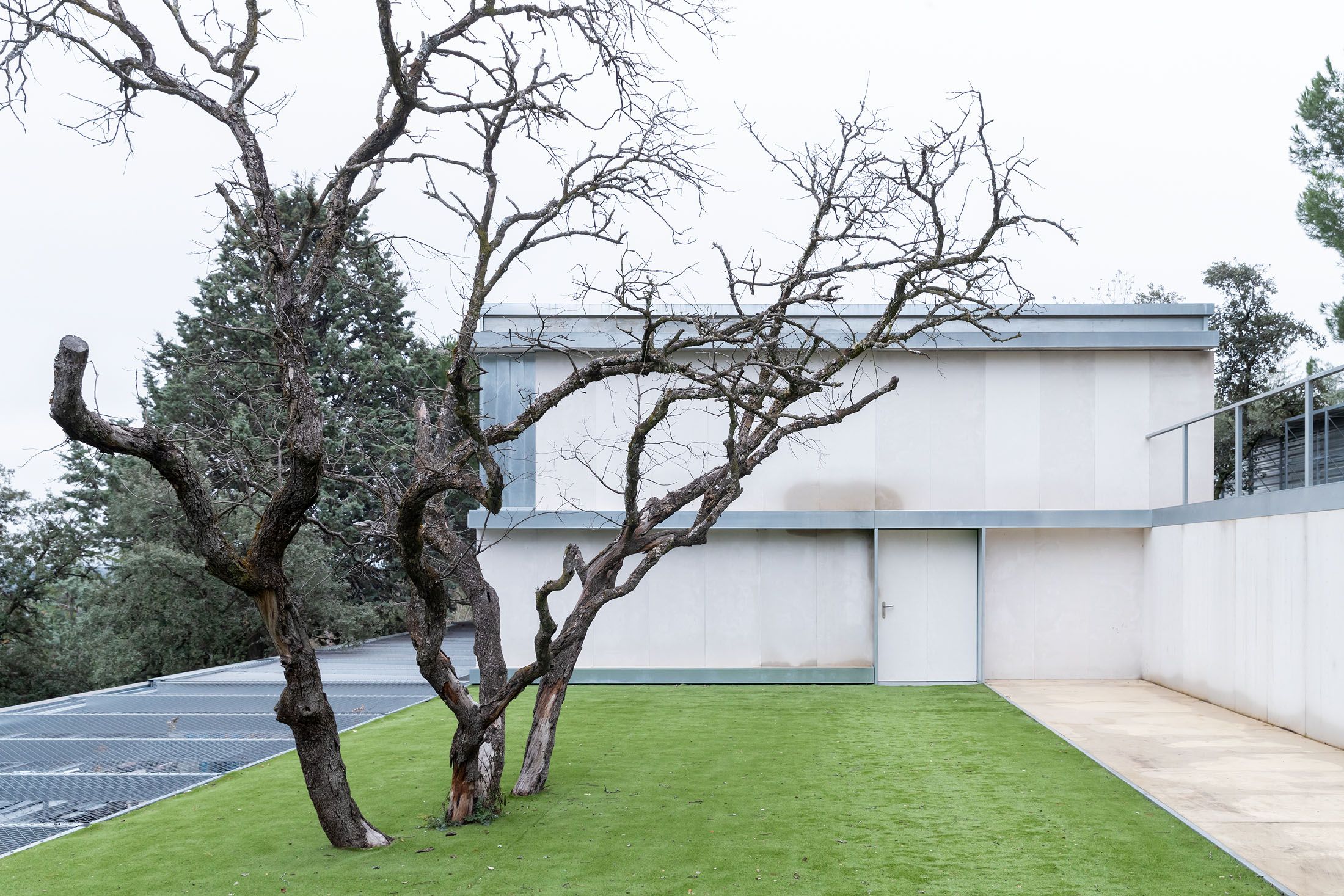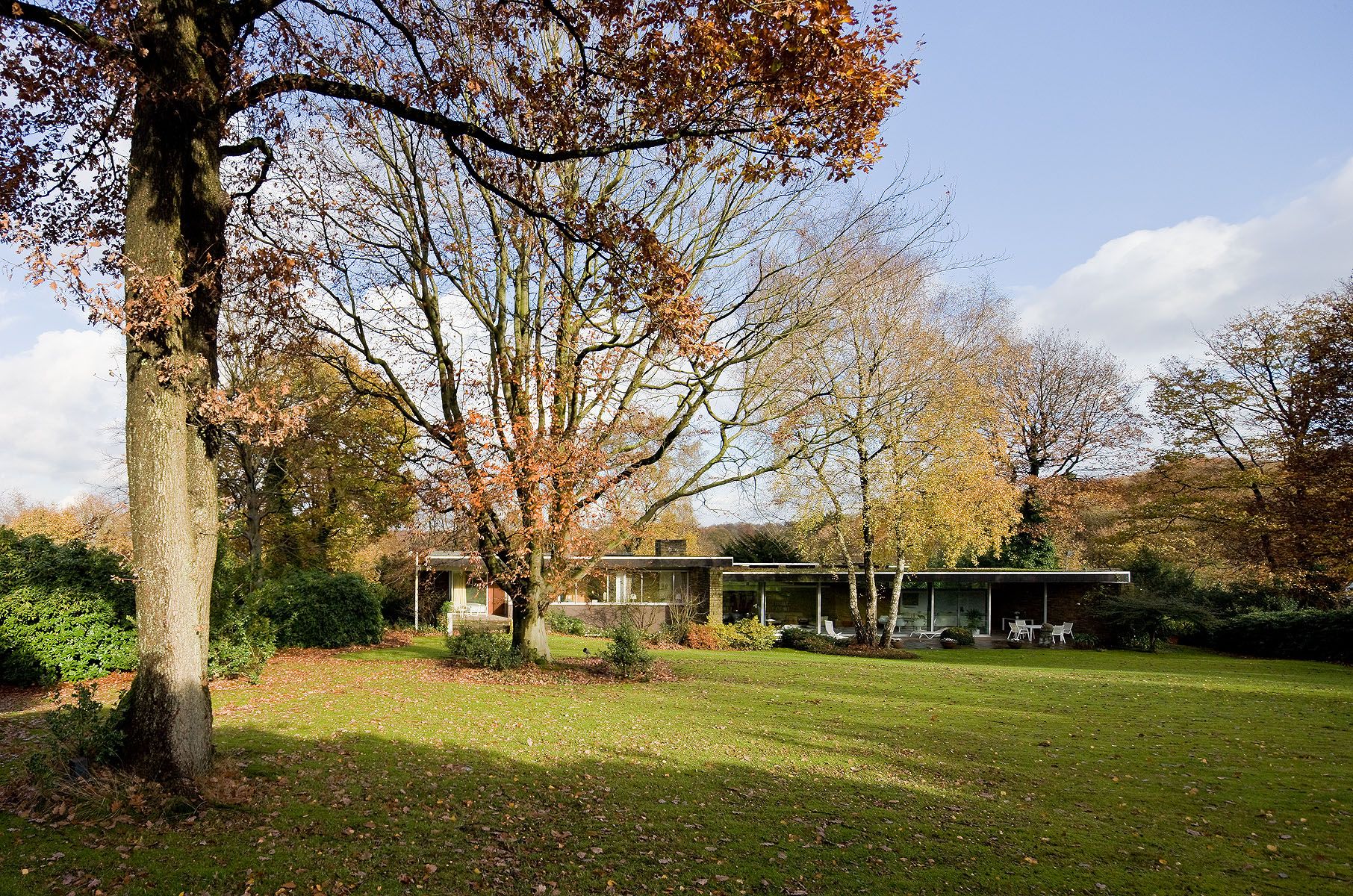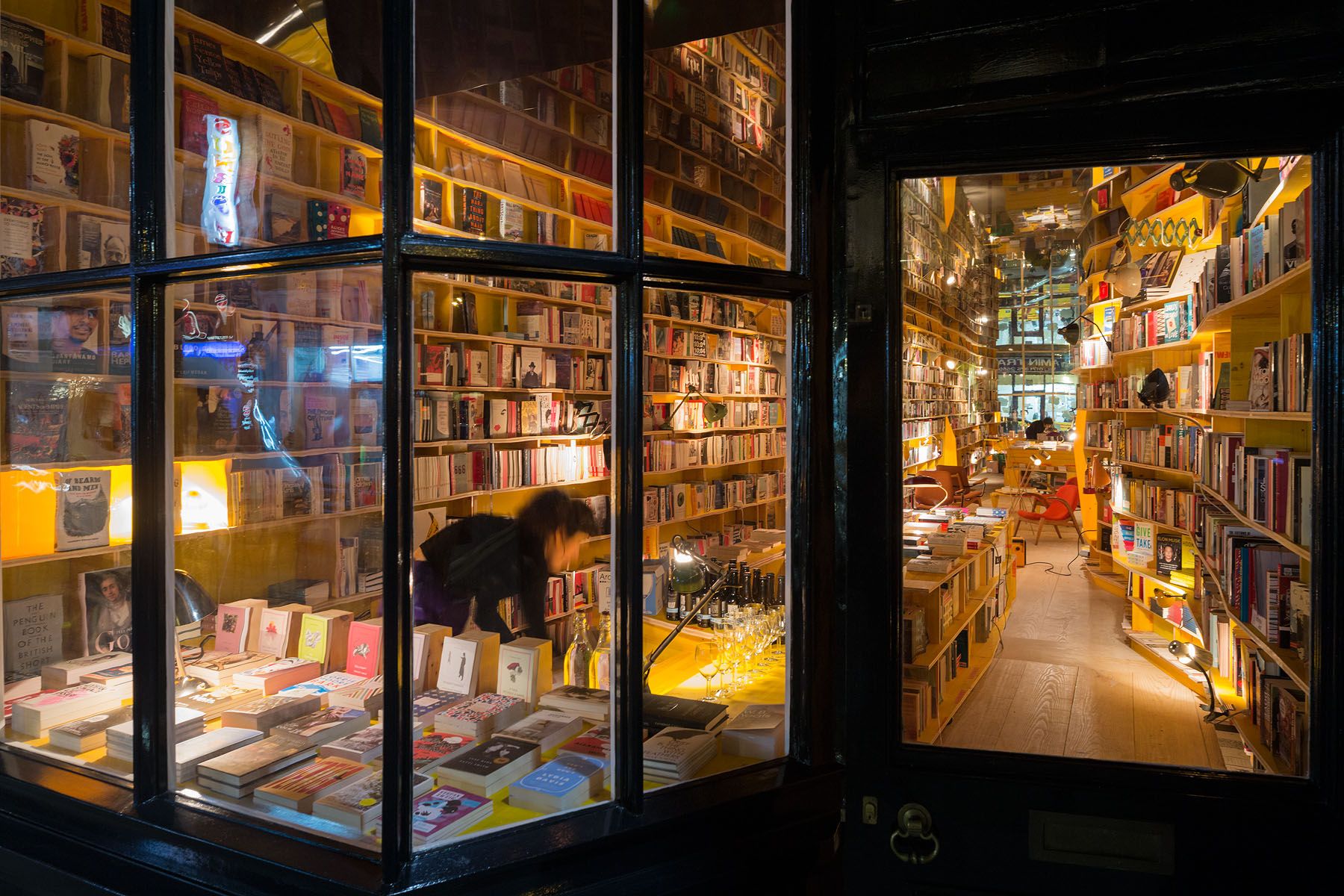Taipei Performing Arts Center TPAC – OMA
Set beside the bustling Shilin Night Market, the Taipei Performing Arts Center redefines the relationship between city and theater. Designed by OMA, the building is composed of three distinct theaters—the Grand Theater, Globe Playhouse, and Blue Box—all plugged into a central cube that consolidates stages, back-of-house, and public areas into a single, efficient core.
The lifted cube allows for a Public Loop, inviting street life into the building and creating a new civic experience where the boundaries between production, audience, and urban space dissolve. Theaters can function independently or merge into novel configurations, like the Super Theater, offering spatial flexibility for experimental and large-scale productions.
The architecture is iconic without intent, its planetary forms and asymmetric geometries emerging from performance logic, not formal gestures. This is a theater for the city—open, adaptable, and deeply engaged with the energy of Taipei’s public life.
